Japan is very popular and one thing everyone wants to know about — or thinks they want to know about — is Japanese history. When people find I live here, questions of Japanese history often follow. When I was somewhat active on Quora, I was constantly getting questions about the best way to learn Japanese history. (I still do, actually, but I ignore almost all questions from that website these days.)
So what is the best way to learn about Japanese history? Let’s look at a few ways to explore…
Everything You Ever Wanted to Know About Japanese History
(but were afraid to ask)
I’ll divide this into steps, moving from casual learning to more serious. Ready? Let’s go.
Level I
For someone only casually interested in the subject, a basic overview may be enough. For that purpose, one can’t do much better than this fantastic video:
https://www.youtube.com/watch?v=Mh5LY4Mz15o
There are a few things wrong in that video, but overall it is remarkably accurate — and very fun. That’s a rare combination in education!
Did you enjoy the video and want more? Proceed to…
Level II
I think the next best thing to do is go read Wikipedia’s History of Japan page. Now that may seem like jumping in the deep end, but I assure you it’s actually a great place to start. It is huge and quite comprehensive, indeed, but don’t feel compelled to start at the beginning. Pick a time period that interests you and dive in there. Skim articles, sample here and there, jump around to names you find familar and skip those that aren’t. Far from being pointless, this haphazard approach keeps you interested while giving you a solid base that you can build on later if desired.
If the idea of jumping into all history is too daunting, here are a few suggestions for places to start:
- Sengoku Jidai
The most popular time period in Japanese history for both Japanese people and foreigners alike has to be Sengoku Jidai — the civil war period. This is when the Shogun had lost all control, the country had fallen into pieces, and local warlords were scheming and fighting and attempting to conquer everything they could; the most ambitious of these warlords eyeing Kyoto and the possibility of themselves becoming the next shogun. - The Meiji Restoration
If you remember the Tom Cruise samurai movie, this is the time period it was showing. This is when Japan opened to the West and was importing Western ideals and customs, modernizing the country as quickly as possible in an attempt to avoid being carved up by the Imperialist West as they saw happening in China.- The downfall of the Tokugawa Shogunate and the brief civil war that followed before the rise of the Meiji government is also an exciting area to start.
- Two big names to read about are Ryoma and Saigo Takamori, who was the real last samurai (sorry, it wasn’t Tom Cruise).
- The Genpei War
This is the single most famous war in Japanese history. It marked the end of the classical period, the rise of military rule of the country, and the origin of Japan’s obsession with red and white in every competition. The names of the people involved here are the stuff of legend and are referred to in awe and respect by other figures throughout Japanese history. Learning this time period might be analogous to learning about the Three Kingdoms period of Chinese history.- The leader of the Taira, Kiyomori, the losing side of the Genpei War, is the most infamous figure in this period.
- The Genpei War was romanticized in the epic The Tale of the Heike, which may be the most famous story in Japan.
Most people who think they are interested in Japanese history will probably be satisfied at this level. There is plenty on Wikipedia to feed this basic level of knowledge. But for the serious students, the next level beckons…
Level III
Here I’d recommend a trilogy of books by George Sansom. These are:
- A History of Japan to 1334
- A History of Japan, 1334–1615
- A History of Japan, 1615–1867
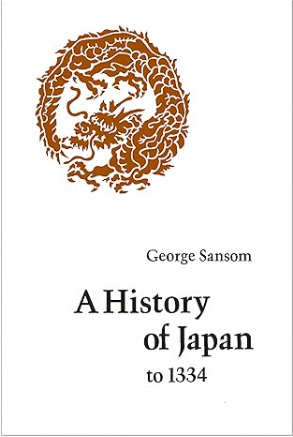

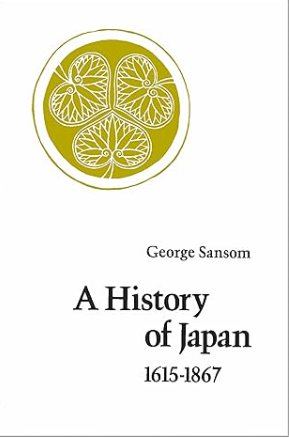
Sansom wrote these books about a half-century ago and so the writing style is a bit old-fashioned. Well, it’s not that bad, but it is a bit old-school British, which is different enough from modern writing styles that it could cause trouble. The scholarship is also a bit out of date, with some facts given that are now considered incorrect. But overall, these are still wonderful books. Reading these might give a similar, though much less opinionated, feel as the classic The History of the Decline and Fall of the Roman Empire.
Be forewarned, however, these are very information-dense books. If you are not seriously interested, they will put you to sleep.
Want more, my budding Japanophile friend? Let’s move on to…
Level IV
If you thought the Sansom books were detailed, you ain’t seen nothing yet. Laying in wait is the meticulous Cambridge History of Japan series. This series laughs at the quaint Sansom trilogy. “Only three books?” it mocks. “That’s cute.”
This massive undertaking consists of:
- Vol. 1: Ancient Japan
- Vol. 2: Heian Japan
- Vol. 3: Medieval Japan
- Vol. 4: Early Modern Japan
- Vol. 5: The Nineteenth Century
- Vol. 6: The Twentieth Century
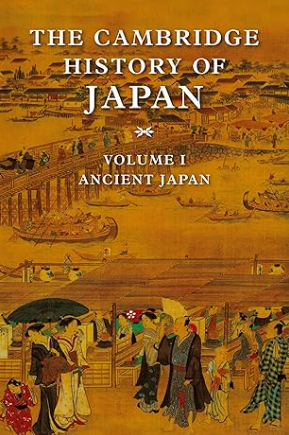
The other covers are exactly the same with only the volume number and subtitle changing.
The same catch applies here: if you are not really seriously interested in the subject, you will be put to sleep. But for those who are interested, these are super-informative.
Unfortunately, neither the Sansom books nor the Cambridge series are available in ebook format. But if you are a serious student of Japanese history, track them down in a local bookstore or order them from Amazon. They are the best of the best. You might also find PDFs floating around. Google is your friend.
There are many more Japanese history books, of course. For general overviews, either get one of the series I list or read Wikipedia. Wikipedia has less personality than any book, but it’s free and probably more accurate than most smaller overviews.
The 20th century bears special mention, though.
Level V
The final volume of the Cambridge series does a fine job for the 20th century, but there are two additional books I would recommend:
- The Rising Sun: The Decline and Fall of the Japanese Empire by John Toland
- Hirohito and the Making of Modern Japan by Herbert Bix
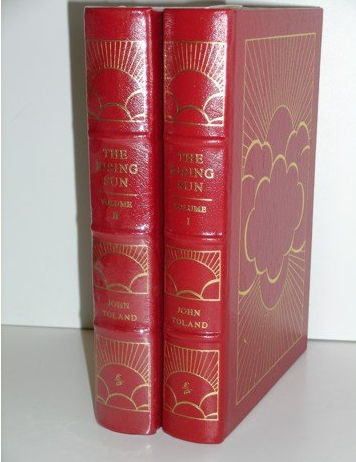
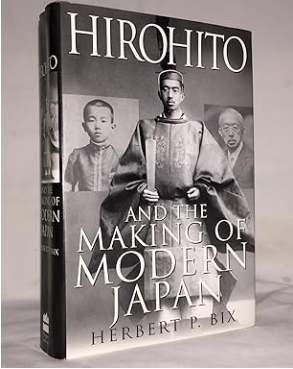
The first is a fantastic look at Imperial Japan, probably the best information available in English. It is often split into two volumes. Very well worth reading.
The second is an equally fantastic look at the Shōwa Emperor, known in most of the world as Hirohito. Unfortunately the Imperial Family still has not released much information about the man, but what little has been made available to the public is in this book — from his culpability in WWII to how he still wielded more power than we had previously been led to believe postwar.
Final Words
And there you go — five levels ranging from the very casual to the very serious. If you think you want to know about Japanese history, have at it! I didn't put Amazon links in, but all these are in Amazon, so just copy the title and you'll find it in a search there. Or again — try your luck on Google searching for PDFs.
Any questions? Leave them in the comments and I’ll try to get to them as soon as possible.
(Tagging @azircon, because he may be interested in some of these books)
❦
 |
David is an American teacher and translator lost in Japan, trying to capture the beauty of this country one photo at a time and searching for the perfect haiku. He blogs here and at laspina.org. Write him on Bluesky. |